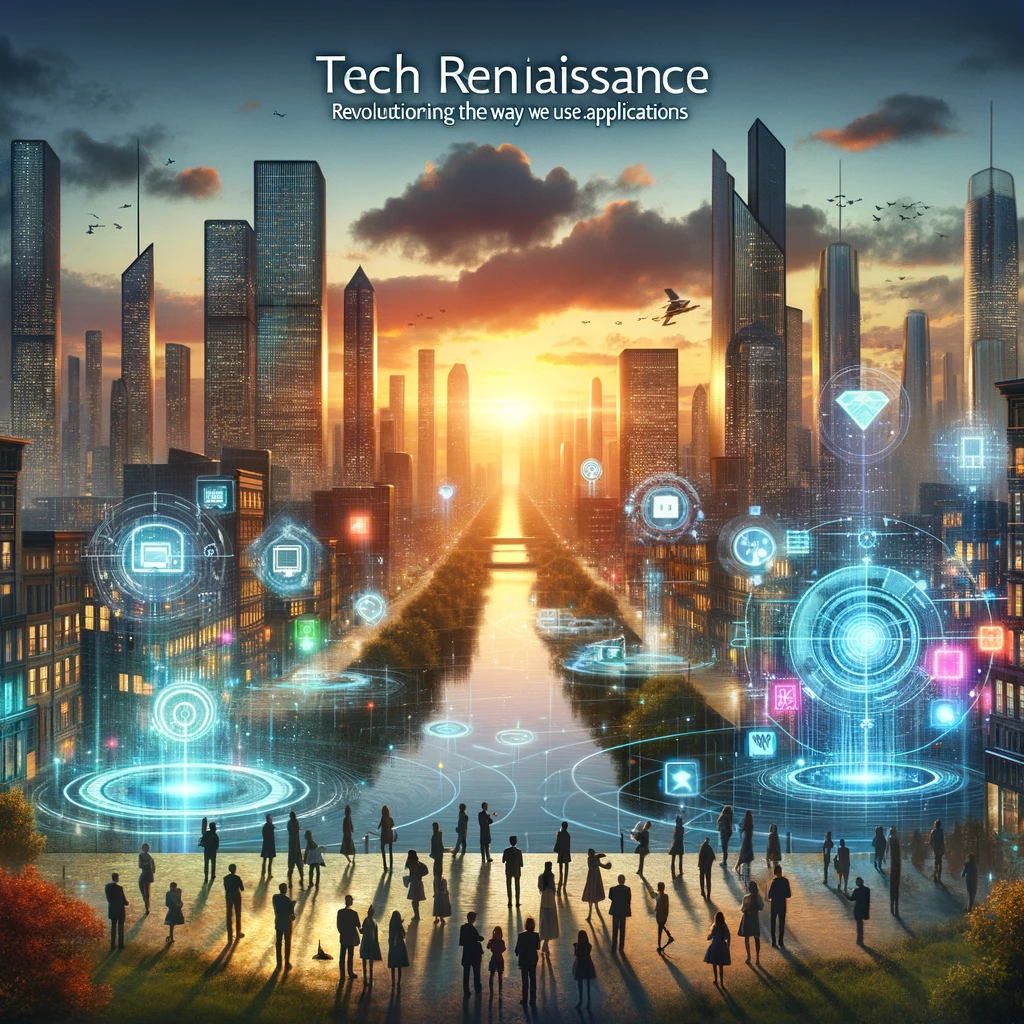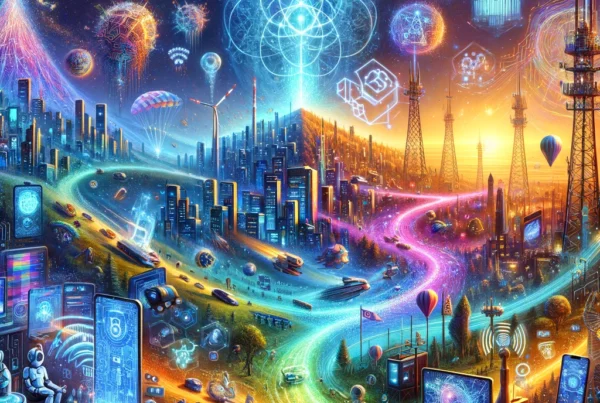In the dynamic landscape of technology, the evolution of applications has ushered in a transformative era, reshaping how we engage with digital experiences. This revolution has not only impacted the user interface but has also fundamentally altered the way we interact with information, communicate, and navigate our digital lives. In this exploration, we delve into the key facets of this paradigm shift, unveiling the innovations that are revolutionizing the way we use applications.
1. The Rise of Progressive Web Apps (PWAs):
Breaking the Boundaries of Platforms Progressive Web Apps (PWAs) have emerged as a game-changer, blurring the lines between web and mobile applications. These lightweight, responsive apps offer seamless user experiences across devices, negating the need for platform-specific development. With features like offline functionality and push notifications, PWAs are redefining accessibility and user engagement.
2. Immersive Augmented Reality (AR) Applications:
Bringing Digital and Physical Worlds Closer The integration of augmented reality has unlocked a new dimension in application development. AR applications blend the digital and physical realms, offering users immersive experiences. From gaming and education to retail and navigation, AR has the potential to revolutionize how we perceive and interact with the world through our devices.
3. Conversational Interfaces and Chatbots:
Humanizing User Interaction Conversational interfaces, powered by artificial intelligence (AI) and machine learning, have paved the way for natural language interactions. Chatbots, in particular, have become ubiquitous, providing instant customer support, personalized recommendations, and even acting as virtual assistants. This shift towards conversational UX is humanizing the way we communicate with applications.
4. Edge Computing for Instantaneous Responses:
Reducing Latency, Enhancing Speed Edge computing has redefined how applications process and respond to user requests. By bringing computation closer to the data source, edge computing minimizes latency, providing near-instantaneous responses. This is particularly critical for applications requiring real-time data processing, such as IoT devices and immersive experiences.
5. The Era of Low-Code and No-Code Development:
Empowering Citizen Developers Low-code and no-code platforms have democratized application development, allowing individuals with minimal coding experience to create functional applications. This shift empowers citizen developers, accelerates the development lifecycle, and fosters innovation by enabling a broader range of individuals to contribute to the creation of digital solutions.
6. Personalization and Context-Aware Apps:
Tailoring Experiences to Individual Needs Modern applications are increasingly becoming adept at understanding user preferences and context. By leveraging data analytics and AI algorithms, applications can offer personalized content, recommendations, and experiences. This level of personalization enhances user engagement and satisfaction, creating a more tailored digital environment.
7. Blockchain Integration for Trust and Security:
Revolutionizing Data Integrity and Trust The integration of blockchain technology in applications is revolutionizing data security and integrity. Blockchain ensures transparent and tamper-resistant records, instilling trust in digital transactions and interactions. From financial applications to supply chain management, blockchain is reshaping how we approach data integrity.
8. Subscription-Based and Microservices Architectures:
Flexible and Scalable Application Frameworks The shift towards subscription-based models and microservices architectures has increased the flexibility and scalability of applications. Users now have access to services on a subscription basis, while microservices enable modular development, making applications more adaptable to evolving requirements.
Conclusion: A Future Defined by Innovation
As we stand at the cusp of this technological renaissance, the way we use applications is undergoing a profound transformation. From immersive experiences facilitated by AR to the democratization of app development through low-code platforms, each innovation contributes to a future defined by user-centricity, accessibility, and unprecedented possibilities.
Stay tuned for more in-depth explorations into the ever-evolving tech landscape, where groundbreaking advancements continue to shape the way we interact with and benefit from digital applications. The tech revolution has only just begun. 🚀🔍



